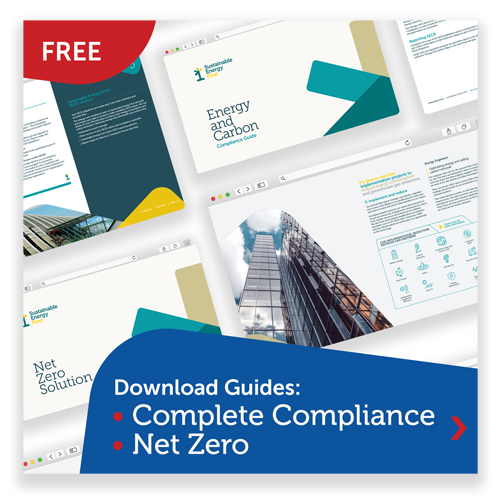In May and June 2022 the government held a call for evidence on a proposed update to the Green Finance Strategy. What questions does the government need answers to, and what can we expect from the new version of the strategy when it comes out later in 2022?
Pillars of the original strategy
The original Green Finance Strategy came out in 2019, setting out the government’s ambition to “transform our financial system for a greener future”. The plan is to seize the commercial potential of the UK’s green transition and use green finance to support the Clean Growth Strategy. There are three pillars to the strategy.
Greening finance is about making climate a priority in the finance world. This means creating an environment with strong market signals to encourage action on emissions. The TCFD-aligned reporting which recently came in for certain businesses is in support of this goal.
Financing green is about improving access to finance for green investment and removing market barriers to encourage innovation. The launch of the UK Infrastructure Bank, one of Rishi Sunak’s biggest achievements in office, is one of the more significant moves in support of this goal.
Capturing the opportunity is about positioning the UK as a “global hub for green finance” and a leader on green financial innovation.
What the call for evidence is asking
The call for evidence asks 39 questions about how the UK can best achieve its green finance objectives.
One key theme is private investment: how can it best be leveraged to support our climate goals, meet the objectives of the Energy Security Strategy and pay for climate change adaptation measures? Does the UK have the skills and capacity to attract “international green finance flows”? How do we remove the barriers to unlocking private finance?
Related to this is transparency. The government is well aware that investors need detail and data to invest with confidence. The consultation asks how the UK can support “a robust investment data ecosystem” to provide them with that confidence. It also asks about the role of Scope 3 data: is it important for investors? Should the government be supporting businesses to make good quality Scope 3 disclosures?
The consultation also poses questions on what a global centre for green finance looks like, since there is no existing model for this. How do we measure progress? How do we become a world leader? What are the key characteristics of a “net-zero-aligned financial centre”? What should the government and regulators be doing to help build this vision?
What to expect
Since publishing the original Green Finance Strategy, the government has published its Net Zero Strategy (October 2021), the Environment Act (November 2021) and the Energy Security Strategy (April 2022). The updated version will have to support the existing published strategies and be in line with any new legislation.
Various bodies have responded to the call for evidence, and one key theme is the need for more clarity and data from government. The response from the Institutional Investors Group on Climate Change (IIGCC) emphasises the need for both a clear definition of net zero and for science-based criteria to support it. It said that plans for each sector of the economy should align with the need to keep global warming below 1.5°C over pre-industrial levels.
The response from the Open Data Institute echoes this, calling for an environment where everybody can be confident that the collection and reporting of data meets certain standards. The 2019 version of the Green Finance Strategy recognises “a need for further innovation and coordination in data availability, comparability and aggregation, as well as a better understanding of existing datasets and potential applications within the financial sector.” It is likely that the 2022 version will have much more detail on how this can be achieved and more data-related requirements for businesses.
It is also likely that the updated strategy will include new regulatory measures to foster the kind of environment that not only encourages green investment, but discourages the kind of investments that would set back the UK’s climate goals.
We cannot predict exactly what will be in the new strategy, but we can expect a general raising of standards and a tightening of regulatory requirements, especially for large businesses. Following best practice in greenhouse gas reporting and setting a credible net zero target is the best way for businesses to prepare for whatever comes their way.























